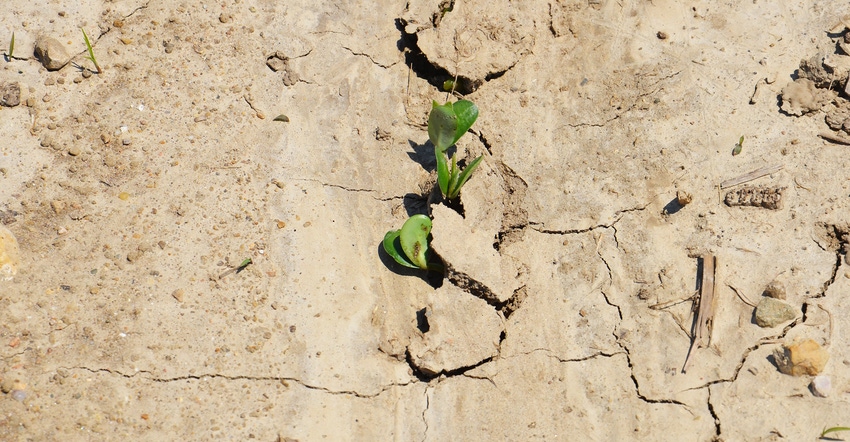
Soybean Watch ’17 is primed and ready to begin covering what happens in one central Indiana soybean field this year. Beck’s is sponsoring the Soybean Watch program this year. Beck’s sales agronomist Steve Gauck, Greensburg, is set to evaluate the field as often as necessary. From these reports, perhaps you can learn lessons that will help in your fields either this year or next year.
In fact, Gauck has already commented in previous weeks about why early-season scouting will be important. You will want to watch for weed escapes, since the weather patterns interfered not only with planting, but also with herbicide applications. You will also need to make decisions on whether to apply fungicides and insecticides before soybeans reach the R3 stage. That is when the first tiny pods begin to form.
There is just one problem. As of a few days ago, seed for the Soybean Watch ’17 field was still in the sack. The farmer who will plant it had no-tilled some soybeans into cornstalks, but he still had some corn and a considerable acreage of soybeans to plant. As soon as the soybeans in the Soybean Watch ’17 field are aboveground and growing, reports will be based on what happens in that field.
Stand issues
Until then, you might want to look at how fields already planted in your area either struggled with emergence or emerged with few problems. One factor appears to be when they were planted. Soybeans planted in mid-May or after have emerged quickly, unless crusting is an issue.
The farmer who will plant the Soybean Watch ’17 field says most of the beans he has planted so far are up and going. He no-tills most of his soybeans into cornstalks. If there are problems, it’s where water stood or flooded out an area.
Observations in other fields with conventional tillage aren’t quite as positive. One thing heavy rains did on conventional fields was cause soil erosion. Soil conservationists have noted that in some cases, erosion down the rows was so severe that it left seed exposed.
The opposite happened in other fields. If there was a lower part of the field, soil sometimes washed in over that area, making the seed effectively deeper in the soil, just as if it had been planted deeper.
On some conventional fields where water ran, the soil also crusted once it dried out. Farmers say they’ve noticed this most on soils with lower organic-matter content. Many of those are somewhat poorly drained soils that occur in combination with soils with darker color and more organic matter.
The lighter soils are often prone to crusting. Crusting in conventional tillage has been a problem with those soils for decades. After hard rains, such as the rains this spring, the soil doesn’t have enough organic matter content to prevent it from sealing and crusting over, soil conservation experts say.
Soybeans have incredible power to emerge if at all possible. Where they’re planted close together, they may push up as a group and lift their way out of crusted soil. If the crust is too heavy, however, they may break their necks, resulting in weaker stands.
Now is the time to check those stands. Soybean yields can suffer just like corn yields as you move later into June, Gauck says. If you’re planting soybeans in June, most specialists recommend raising seeding rates back up, even if you had intended to plant fewer seeds this year.
About the Author(s)
You May Also Like




